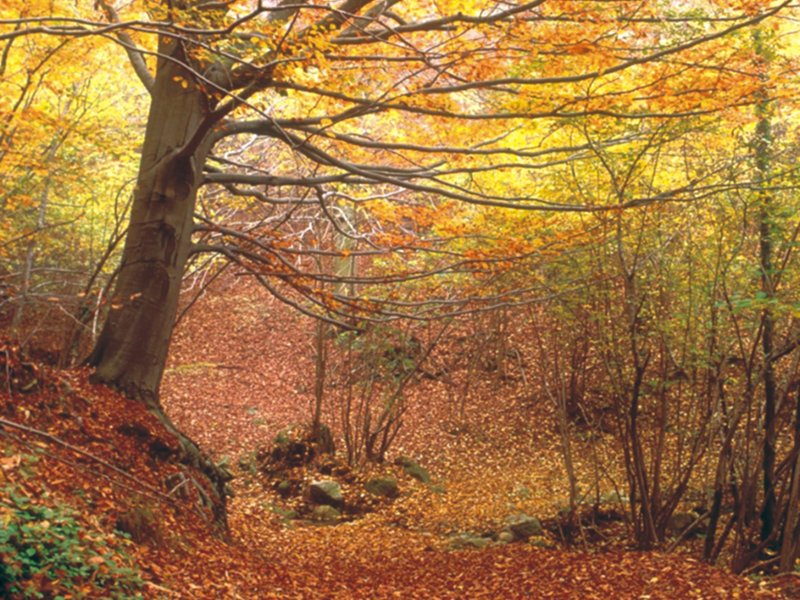Trail no. 2
- Trail Conditions: On foot
- Interest: Flora, Wildlife, Geology
- Duration: 2 hour/s
- Difficulty Level: E - Hiking (level)
- Length: 6 km
- Departure and Arrival: secondary entrance Adelasia, along Valle Ferranietta.
The trail gives the opportunity to climb up to Rocca dell'Adelasia crossing several environments: from the characteristic wet environments of the steep and irregular watercourses to the old cultivated fields and clearings, to the chestnut and beech tree woodlands, to the strips of Scots pine woodland. The trail leaves near Cascina Caramellina. The area is open and the trail runs along Rio Cianetto, tributary of Rio Ferranietta. The geological substratum of this area consists of characteristic Oligocene conglomerates. The vegetation is characteristic of the wet environments: alders, common hornbeams and poplars, while at the edges of the meadows goat willows, hazelnut trees, birches, and Turkey oaks grow. The trail continues uphill among coppice chestnut and beech trees under which the western brackenfern, the holly, and the butcher's broom grow. After crossing a wooden bridge, you will enter a woodland area characterized by big chestnut tree specimens mixed with common juniper, euphorbia, and male fern. It is possible to find also some specimens of Quercus crenata. Along the way, you will observe the traces left by wild boars, fallow deer, and roe deer. The trail reaches the Rocca, the most important point of the Regional Nature Reserve, worth a stop not only for the great view it offers over the Ligurian and Marittime Alps, but also because the area is characterized by a Mediterranean habitat dominated by ilex trees. The trail continues downhill: clear water stretches, little creeks, and monumental beech trees are ideal places for the reproduction of the yellow-black salamander. The geological substratum is represented by metagabbro, very dark metamorphic rocks. The downhill trail crosses then old open cultivated fields and a pinewood dominated by Scots pines.






